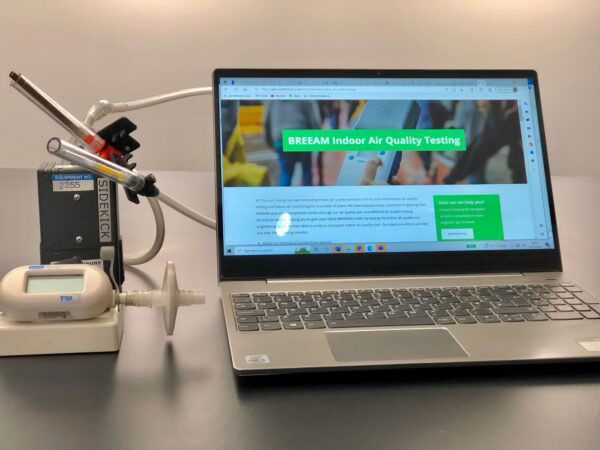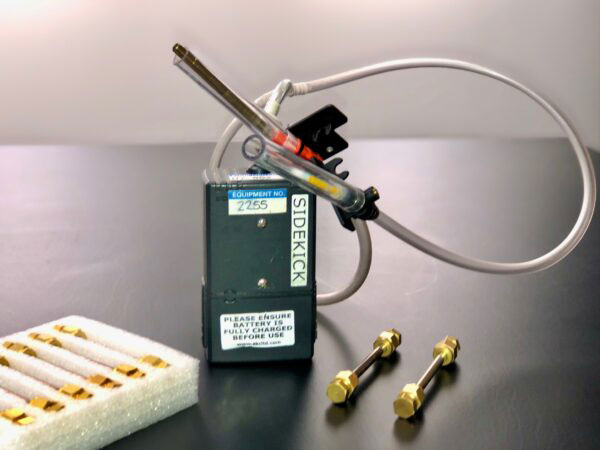
Testing Air Quality for Volatile Organic Compounds (VOCs)
Volatile organic compounds (VOCs) are gases that are given off by many indoor sources. Concentrations of most volatile organic compounds are higher in indoor air than outdoor air and can lead to health concerns. That’s why indoor air quality testing for AOVs is very important.
What are VOCs and where do they come from?
Formaldehyde, is a very common VOC, it is a colourless gas with an acrid (sharp and bitter) smell. It is most common in building materials such as plywood, particleboard, and construction glues. Formaldehyde can also be found in curtains, drapes, and fabrics and in certain types of foam insulation, your lounge settees are one of the most common culprits.
Other sources of VOCs include the burning of fuels such as gas, oil, wood, coal, kerosene and tobacco products. Interestingly, VOCs can also come from personal care products such as hairspray, perfumes, cleaning agents, paints, lacquers, and varnishes.
VOCs can be much higher when a product is new and will usually be released from products during use and even in storage, that’s why indoor air quality testing is usually carried out to new and newly refurbished buildings prior to handover, which can also lead to extra BREEAM credits. However, the number of VOCs emitted from products tends to decrease as the product ages.

What health concerns are associated with VOCs?
Volatile organic compounds (VOCs) include many chemicals that can cause shortness of breath, fatigue, headaches, nausea, dizziness and skin problems as well as eye, nose and throat irritation. Higher concentrations may be even more problematic causing irritation of the lungs, as well as damage to the liver, kidney, or central nervous system. Long-term exposure may also cause permanent damage to the liver, kidneys and/or central nervous system.
Some Volatile organic compounds are suspected of causing cancer to humans. The health effects caused by VOCs depend on the concentration and length of exposure to the chemicals, so minimising the VOC levels is critical in new and refurbished buildings. By undertaking VOC air quality testing, we can quickly establish the levels in your building and let you know if they are higher than what’s recommended.

The Indoor Air Quality Testing Experts
APT Sound Testing has a large amount of experience in the provision of BREEAM Indoor Air Quality Testing services. This ensures we are able to address all elements of Hea 02 ‘Indoor Air Quality. We have supported a wide range of BREEAM projects within the commercial and industrial sectors. These have included hospitals, health centres, laboratories.
Please get in touch with a member of our engineering team today at info@aptsoundtesting.co.uk or 01525 303905 to find out more about how we can help with the indoor air quality testing aspect of your BREEAM development or visit our case studies to review recently completed projects such as The Annexe (Imperial War Museum) and The Heals Building in Central London.